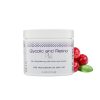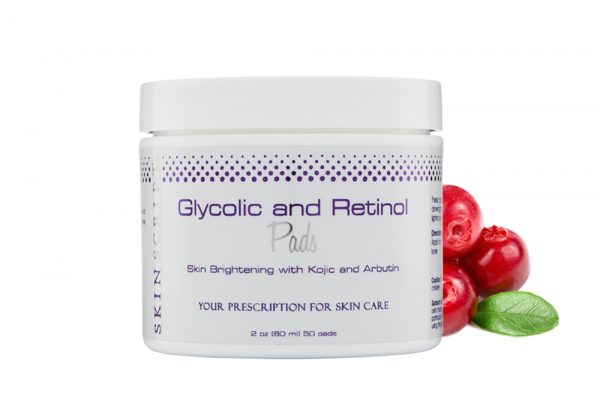Non-invasive liposuction refers to a collection of cosmetic procedures designed to reduce localized fat deposits without surgery. Unlike traditional liposuction, non-invasive methods utilize innovative technologies such as laser, ultrasound, radiofrequency, or cryolipolysis to target and eliminate fat cells. This article aims to shed light on the concept of non-invasive liposuction, its techniques, benefits, and other crucial aspects.
Understanding Non-Invasive Liposuction Techniques
Various techniques fall under non-invasive liposuction, each employing specific mechanisms to break down fat cells. Technologies like laser lipolysis or radiofrequency emit energy to disrupt fat cells, allowing the body to naturally eliminate them.
Benefits of Non-Invasive Liposuction
One of the key advantages of non-invasive liposuction is its minimal downtime and fewer risks compared to surgical procedures. It often involves shorter recovery periods, less discomfort, and reduced chances of scarring or infection.
Different Types of Non-Invasive Liposuction
Notable non-invasive liposuction methods include laser lipolysis (like SmartLipo), ultrasound-assisted liposuction (such as VASER), radiofrequency-based treatments (like Vanquish), and cryolipolysis (known as CoolSculpting).
How can the results be permanent?
We are born with a certain number of fat cells. No matter how much weight we gain or lose, we still have the same number of fat cells. We look heavier when we gain weight because the fat cells expand. When we lose weight, our fat cells shrink.
Because non-invasive fat removal kills some fat cells, the targeted cells are gone forever. You’ll still have some fat cells in the treated area though. If you gain weight, these cells will expand, but you’ll see less fat in the treated area.
How long does it take to see results?
With non-invasive fat removal, the results appear gradually.
If you are treated with a device, you may notice some changes as early as 3 weeks. Most people see the full effect between 3 and 6 months after the last treatment.
You’ll usually see the full effect of the injections used to treat excess chin fat about 3 to 4 months after the last treatment. Some people saw the full effects earlier.
Are the results similar to those seen with liposuction?
Liposuction delivers more dramatic results. With non-invasive fat removal, the results are subtle. Your pants will feel a little looser or your belly will feel a little flatter.
What is the recovery time for non-invasive fat removal?
Most people find that they can return to their everyday activities immediately after treatment. You may have some swelling, bruising, or discomfort afterwards, but this usually doesn’t cause downtime.
After getting the injections to treat excess chin fat, some people will be extremely swollen for as long as 2 weeks. Still, they can return to their normal activities.
How long does non-invasive fat removal take?
While there is usually no downtime, most people need to schedule time for office visits. Non-invasive fat removal generally requires more than one treatment session, and each session tends to last between 30 and 90 minutes. Some sessions take longer.
After the first treatment, your dermatologist will re-evaluate you in a few weeks to a month. The following chart shows how many treatment sessions a person usually needs.
What are the possible side effects?
After treatment, most people have some swelling, bruising, or discomfort. These are temporary. After getting the injections to dissolve excess chin fat, the skin on the chin may feel firm or lumpy. This, too, will fade.
It’s also possible that you’ll feel burning or stinging in the treated area. This may feel like the pins-and-needles sensation that you get when your leg or arm falls asleep. This, too, is temporary.
In rare cases, freezing the fat can cause long-term pain or increase the amount of fat in the treated area. You can reduce this risk by getting non-invasive fat removal from a dermatologist. These doctors understand the skin and what lies beneath. A dermatologist can also tell you if you are a good candidate for this treatment.
Who is a good candidate for non-invasive fat removal?
Good candidates for non-invasive fat removal have a small bulge of fat that remains despite diet and exercise and their weight falls within the normal range for their height.
Conclusion
Non-invasive liposuction offers an innovative approach to contouring the body without the invasiveness of traditional surgery. Understanding the various techniques, benefits, risks, and considerations involved can help individuals make informed decisions about pursuing these procedures.
 5 6 1 . 8 1 0 . 0 5 5 5
5 6 1 . 8 1 0 . 0 5 5 5 








